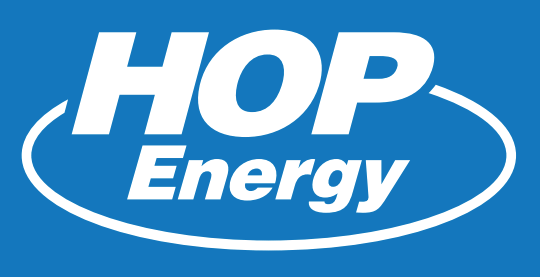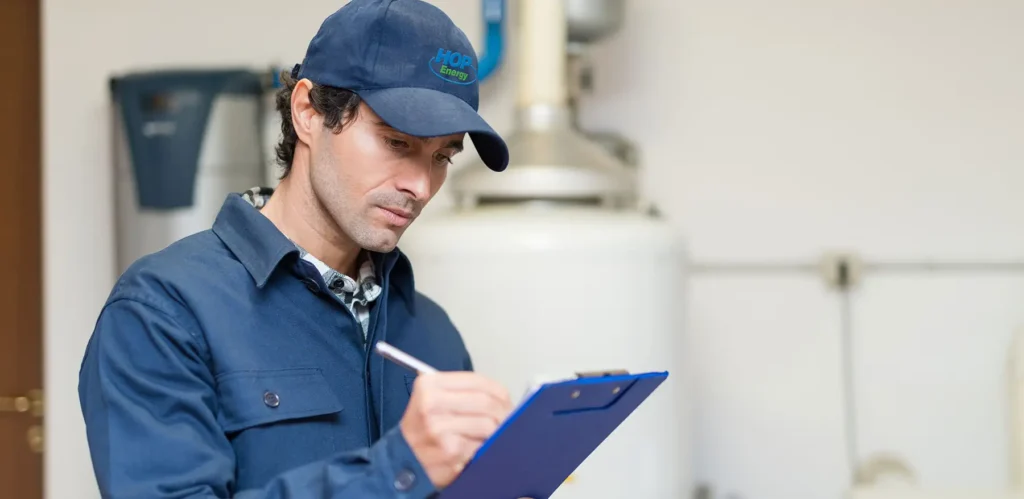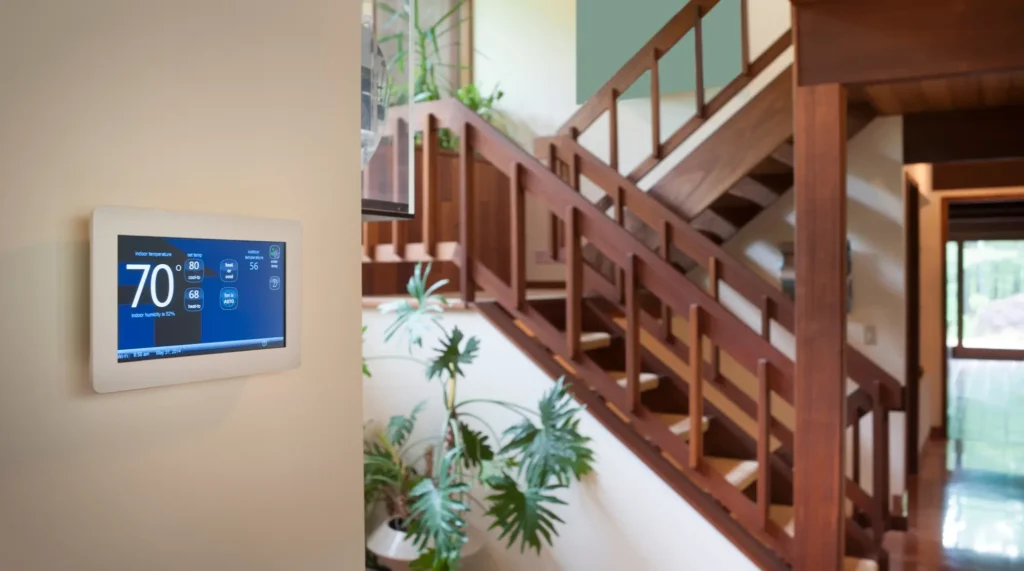Choosing the correct propane tank size is crucial for efficient energy use in your home. Propane is a versatile and widely used fuel source that powers appliances such as stoves, water heaters, and heating systems. The right tank size ensures uninterrupted service and optimizes operational costs and safety. This guide provides clear information on various propane tank sizes and how to select the best one based on your household needs.
Table of Contents
Understanding Propane Usage in Homes
Propane is a preferred energy source for various residential applications due to its efficiency and reliability. Key uses in homes include:
- Heating: Propane furnaces provide high heat output and are more efficient than their electric counterparts.
- Cooking: Gas stoves and ovens with propane offer precise temperature control and consistent heat.
- Water Heating: Propane water heaters heat water faster and are available in tank and tankless models.
- Clothes Drying: Propane dryers dry clothes more quickly and with less static cling than electric dryers.
Propane consumption varies significantly based on the type and number of appliances used and individual usage patterns. For example, a household that uses propane for both heating and cooking will have higher propane demands, especially in colder months, than a home using propane just for cooking.
Types of Propane Tanks and Cylinders
Propane storage comes primarily in tanks and cylinders, each suitable for different applications and installation settings.
- Propane Tanks are large units typically used for residential heating, cooking, and other energy needs. They can be installed above ground or underground:
- Above-ground tanks are easier to install and maintain, but they are more vulnerable to temperature changes and are visible in your yard.
- Underground Tanks: Aesthetically preferred as they are hidden from view; these tanks are protected from the elements but are more expensive to install.
- Propane Cylinders: Smaller and more portable than tanks, cylinders are ideal for occasional use and can power barbeque grills, portable heaters, and small appliances. They range from tiny (1-pound) cylinders for camping appliances to larger (100-pound) cylinders for residential heating or temporary setups.
Choosing between a tank or cylinder depends on how much propane you need, how frequently you use it, and whether the installation is permanent or temporary
Detailed Overview of Propane Tank Sizes
Selecting the right propane tank size is vital to efficiently meet your home’s energy needs. Here are standard propane tank sizes and their typical uses:
- 20-pound Cylinder: This cylinder measures approximately 18 inches high and 12 inches in diameter. It is primarily used for barbecue grills, portable stoves, and small outdoor heating units. It’s also the most common size for outdoor cooking events.
- 100-pound Cylinder: It stands about 48 inches tall and has a diameter of 14 inches. It is suitable for running appliances like gas fireplaces or cooking ranges in settings where propane usage is low or as a supplemental supply.
- 120-gallon Tank: This tank is often used for homes that rely on propane for cooking or hot water but use another energy source for heating. Depending on the usage rate, it can support multiple appliances.
- 250-gallon Tank: This tank is designed for households that use propane for multiple systems, including water heating, cooking, and clothes drying. It measures approximately 7.5 feet long and 30 inches in diameter.
- 500-gallon Tank: Recommended for homes using propane as the primary source of heat in addition to powering other appliances. It typically measures about 9.5 feet long and 37.5 inches in diameter.
- 1000-gallon Tank: This tank is best suited for very large homes or those with extensive propane needs, possibly including pool heating. It is about 16 feet long and 41 inches in diameter and is often installed underground.
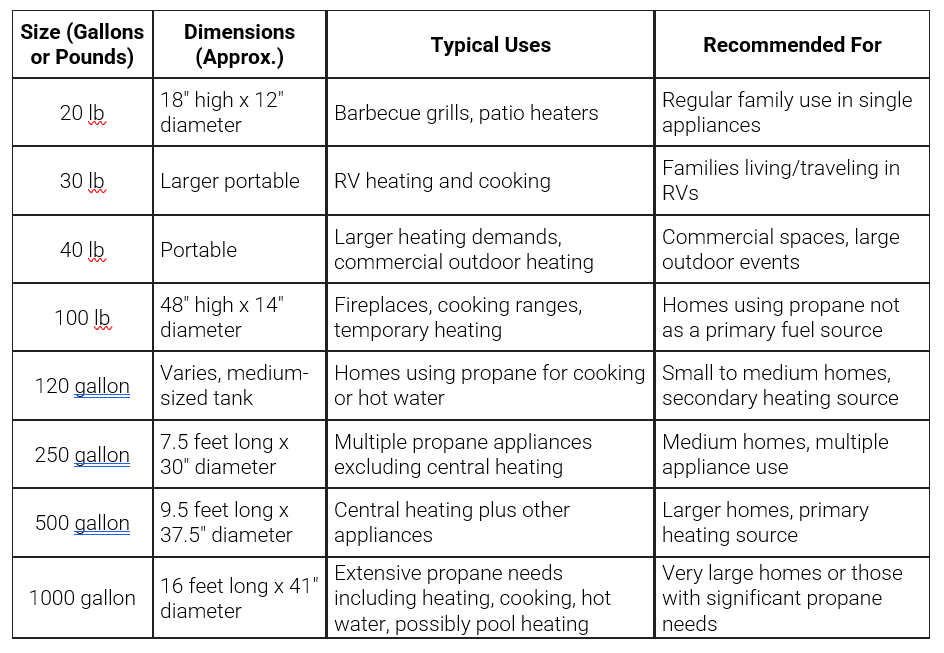
Choosing the correct tank size ensures you have enough propane to meet your needs without frequent refilling while accommodating any potential increase in usage or additional appliances.
Estimating Your Propane Needs
Accurately estimating your propane needs is essential to choosing the right tank size and avoiding frequent refills or excess capacity. Here’s how to calculate your household’s propane consumption:
- List Appliances: Identify all propane-powered appliances in your home, including heaters, stoves, water heaters, and dryers.
- Determine Usage: Estimate how often each appliance is used. Consider how many hours per day it runs during the heating season. Estimate how many meals are cooked on the stove or oven each week.
- Calculate Consumption: Look up the BTU (British Thermal Unit) ratings for each appliance—this indicates the amount of propane they consume when in use. Convert these figures into gallons of propane based on the following conversion: One gallon of propane provides approximately 91,500 BTUs.
- Consider Seasonal Variations: Adjust your calculations based on seasonal changes. For example, heating needs will spike in winter, while water heating may remain constant throughout the year.
- Add a Buffer: To ensure you don’t run out of propane, add a 10-20% buffer to your estimated needs. This accounts for unexpected increases in usage.
By following these steps, you can develop a reasonably accurate estimate of your yearly propane consumption, aiding in the selection of an appropriately sized tank. Consulting with a propane supplier can provide professional insights and more precise assessments for those who need clarification on their calculations.
Factors to Consider When Choosing a Propane Tank or Cylinder
Selecting the right propane tank or cylinder involves several considerations that ensure efficiency, compliance, and safety. Here are key factors to evaluate:
- Consumption Rate: Assess the propane consumption of each appliance to determine your total usage. Consider seasonal variations—usage often increases in colder months if propane is used for heating.
- Household Size and Square Footage: The more extensive your home and the more inhabitants, the greater your propane needs are likely. This guides the minimum tank size required to avoid frequent refills.
- Future Expansion: If you plan to add more propane-powered appliances or expect an increase in household size, choose a tank that can accommodate this growth.
- Regulations and Space Constraints: Local regulations may dictate your property’s tank size and placement. Additionally, the physical space available for tank installation can limit your options, especially for larger tanks.
- Access for Delivery and Maintenance: Ensure the installation site is accessible for propane delivery trucks and maintenance activities. This is crucial for the safety and efficiency of service.
By carefully considering these factors, you can choose a propane tank or cylinder that meets your current needs and accommodates future requirements and logistical constraints.
Installation and Safety Considerations
Proper installation and ongoing safety are paramount when using propane tanks and cylinders. Here are key considerations and tips:
- Professional Installation: Always use qualified professionals to install propane tanks. They will ensure compliance with local codes and safety standards.
- Placement: Tanks should be placed on a non-flammable, solid foundation such as concrete and located away from the home’s main structure to reduce the risk of fire damage. Underground tanks require specific considerations for depth and protection against corrosion.
- Distance Regulations: Adhere to local regulations regarding the minimum distance between the tank and the house, property lines, and other structures. This helps in ensuring safety and ease of access for maintenance and refilling.
- Regular Maintenance: Schedule regular inspections and maintenance with a certified technician. This includes checking for leaks, rust, and other potential safety hazards.
- Emergency Procedures: Ensure all household members know what to do in case of a propane leak, including how to turn off the propane supply and evacuate safely. Install propane detectors in the home to provide early warnings of leaks.
- Proper Usage: Follow the manufacturer’s guidelines for connecting and disconnecting appliances and cylinders. Never use outdoor propane appliances indoors.
By adhering to these installation and safety considerations, you can maintain a safe and efficient propane system in your home, minimizing risks while enjoying the benefits of propane energy.
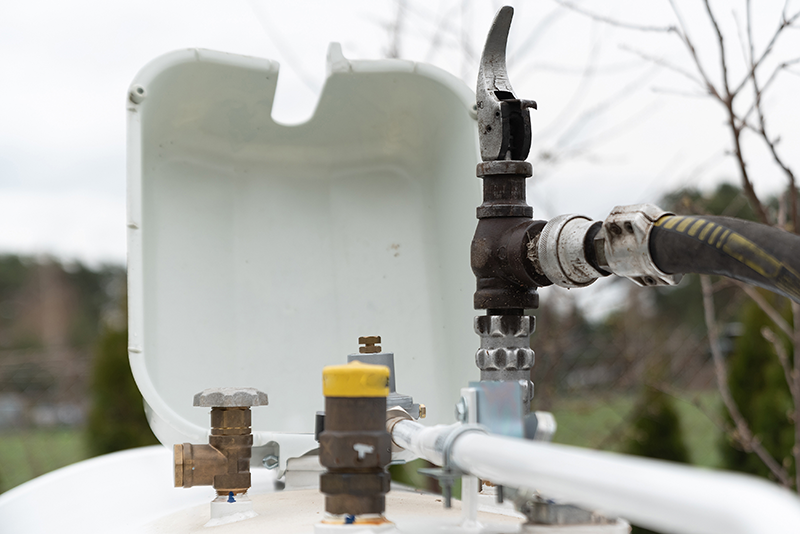
Frequently Asked Questions About Propane Tanks
What size propane tank do I need for my house?
The propane tank size needed for your house depends on your total propane usage, which includes heating, cooking, water heating, and any other propane-powered appliances. Depending on the size of the house and the number of appliances, tanks ranging from 120 gallons to 500 gallons are sufficient for most homes.
What size is a 100-gallon propane tank for a house?
A 100-gallon propane tank is typically used in scenarios where propane is not the primary energy source but is used for specific applications like cooking or heating in a small space. The tank might hold 80 gallons of propane as it is filled to 80% of its capacity for safety reasons.
How many Liters is a propane tank for a house?
Propane tanks for houses vary in size, but to convert gallons to liters (since 1 gallon is approximately 3.785 liters), a 500-gallon tank would be about 1,892.5 liters.
How much propane do I need for a 2000-square-foot house?
If propane is the main source of energy for a 2000-square-foot house, a 500-gallon tank is typically recommended. Depending on climate, house insulation, and appliance efficiency, the annual usage might range from 1,200 to 1,500 gallons.
Can a 100-gallon propane tank be next to the house?
No, to comply with safety regulations, a 100-gallon propane tank should be installed at least 10 feet away from the house’s outer wall.
Can you put a 250-gallon propane tank next to a house?
No, to meet safety standards, a 250-gallon propane tank must be placed at least 10 feet from the house and any ignition sources.
Can a 120-gallon propane tank be next to the house?
No, the minimum distance for a 120-gallon tank from a house or building should be at least 10 feet to ensure safety and compliance with regulations.
What is the maximum distance from a propane tank to a house?
There isn’t typically a maximum distance, but tanks are usually placed at most 100 feet away from where the propane is used for convenience and cost.
Can I put a shed next to my propane tank?
For safety purposes, it is advisable to maintain a distance of at least 10 feet from a propane tank to any structure, including sheds.
How far away from the window is a propane tank?
A propane tank should be at least 10 feet away from any openings in the building, such as doors or windows, to prevent fumes from entering the home.
What is the typical size of a residential propane tank?
The typical size for a residential propane tank ranges from 120 gallons to 500 gallons. The 120-gallon tank is commonly used for homes that use propane for cooking or hot water, whereas a 500-gallon tank is suitable for homes that use propane as their primary heat source.
What is the most giant propane tank for residential use?
The largest commonly used propane tank for residential purposes is 1000 gallons. This size is typically used for very large homes, homes with multiple propane appliances, or homes where propane is used for heating a pool or spa, among other uses.
What size propane tank for a whole house generator?
The size of the propane tank for a whole-house generator depends on its fuel consumption rate and how long it needs to run. A 500-gallon propane tank is a popular choice as it provides sufficient runtime for extended power outages, but the exact size may vary based on specific generator specifications and expected usage.
How far does a propane generator need to be away from the house?
To prevent carbon monoxide from entering the house, a propane generator should be installed at least 5 feet away from any openings to the building (such as windows or vents). However, specific building codes and manufacturer recommendations may dictate a greater distance, so it’s important to check local regulations and consult with an installer.
Conclusion
The right propane tank or cylinder size is crucial for efficient and safe home energy use. By understanding the different sizes and their applications, estimating your propane needs accurately, and adhering to safety and installation standards, you can ensure a reliable supply of propane tailored to your household’s demands. Remember, while this guide provides a foundation for making informed decisions, consulting with a propane professional can offer customized advice and solutions based on your home’s specific requirements.
Embrace the benefits of propane with confidence by making well-informed choices that optimize both performance and safety.
